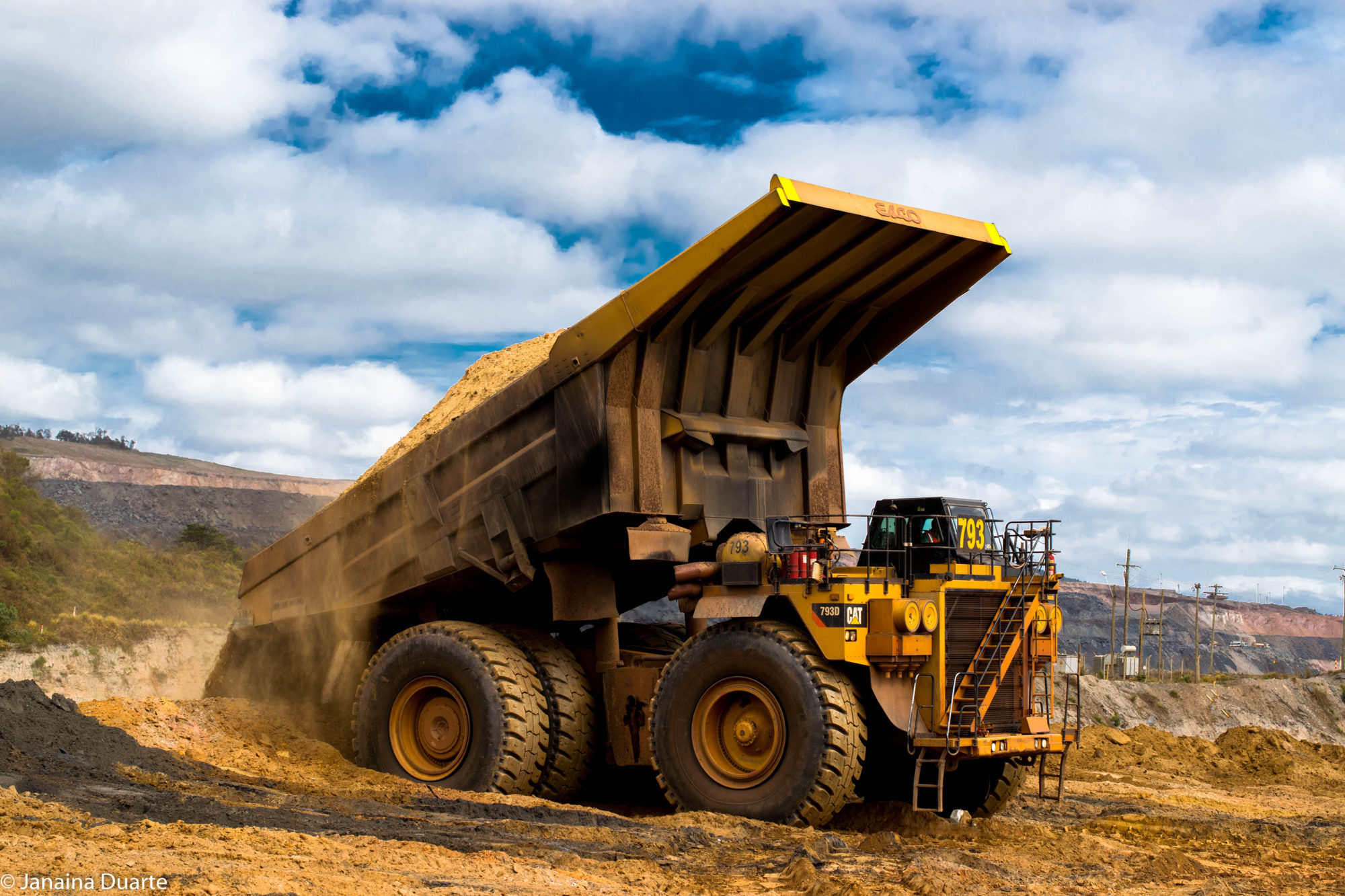Just two months after the announcement of the Electric Mine Consortium, BHP, Rio Tinto and Vale, three of the world’s biggest resource companies are the founding patrons of a new mining industry haul truck electrification collaboration, the Charge On Innovation Challenge, which is being facilitated by Austmine. It is described as “a global initiative for technology innovators to develop concepts for large-scale haul truck electrification systems to help dramatically cut emissions from surface mine operations. The industry requires a safe solution that can be applied across the many and varied mines, mine infrastructure and truck manufacturers. The solution needs to have the ability to charge with a standard interface.” The details of the new collaboration can be viewed at the website https://chargeoninnovation.com/about-the-challenge/

The new group states: “In addition to providing for a zero carbon fuel source, conversion of mobile mining equipment to battery electric can potentially unlock value. However, mine electrification requires considerable integration of infrastructure into mine planning and operations. We need to develop faster charging infrastructure in parallel to the development of battery-electric trucks, to ensure we create a complete electric haulage system. The founding patrons aim to identify charging solutions with broad industry appeal and applicability to mining. We want solutions that enable decarbonisation via electrification, and that maintain or improve productivity. By multiple mining companies acting together, we want to demonstrate to adjacent sectors that there is an attractive market worth pursuing. Additionally, we add value by bringing an industry perspective to bear on the applicability of different concepts across a range of operating environments.”
It adds: “Current stationary charging solutions require substantial time to charge a truck, and are unsuitable for charging a truck within the haul cycle (ie while it is being loaded or it is dumping). This would require miners to purchase many more trucks. Current trolley assist systems used to propel diesel-electric trucks could be adapted to charge a battery in a moving truck (dynamic charging). However, current trolley systems suffer from a number of drawbacks making them difficult to deploy economically.”
Robert Trzebski, Director International Business at Austmine stated: “At Austmine we cannot solve the decarbonisation challenge alone and are looking beyond the mining sector for a solution.” The Charge On Innovation Challenge is therefore requesting international solution providers to put forward charging concepts that are:
- Designed with safety as the number one priority, using inherent defensive design and future proof principles;
- Able to supply a battery for 220 t payload electric haul trucks;
- Capable of supplying 400 kW hours of electricity to a truck during each haul cycle;
- Able to provide battery charging, or both propulsion and battery charging;
- Cost effective, minimising complexity without reducing productivity; and
- Inter-operable, allowing different haul truck manufacturers to utilise the same charging infrastructure
Austmine hopes that global feedback on these technologies will help develop innovative industry-wide solutions “that will unlock significant safety, productivity, and operational improvements to help achieve the Paris Agreement goals to limit the impacts of climate change.” Patrons in the venture will be able to better understand the technological landscape regarding charging concepts for large haul trucks by evaluating charging concepts from vendors/suppliers across multiple sectors, globally as well as influence the commercialisation of mine charging concepts that promote standard, interoperable approaches. And of course help accelerate mine electrification and decarbonisation.
The hope is also that stakeholders will be better able to make informed decisions by participating in forums where peers share views on the applicability of charging concepts to a wide range of operations, leveraging better ideas, and new thinking. The initiative will potentially help reduce development costs and time to commercialisation by forming development collaborations post challenge.
In terms of new patrons, eligibility is outlined as a company that controls a mining truck fleet of more than 30 trucks, is a producer in the mining and metals industry, is committed to be an active contributor to the Charge On Innovation Challenge and have “demonstrated commitment to reduce greenhouse gas emissions in your mining operations in the short and medium term through the use of operational and technological innovation.”











